The James Webb Space Telescope has returned breathtaking new views of Sagittarius B2 (Sgr B2), one of the most massive and active star-forming regions in our Milky Way galaxy. These images, captured in both near- and mid-infrared light, are offering astronomers some of the clearest insights yet into how stars are born in densely packed, dusty clouds near the center of our Galaxy.
What Sagittarius B2 Is
- Sagittarius B2 is a giant molecular cloud located only a few hundred light-years away from the supermassive black hole at the Galactic center, known as Sagittarius A*. Despite its proximity to this chaotic zone, Sgr B2 has an unusually high star formation rate compared to neighboring regions.
- Though it contains only about 10% of the gas in the Galactic Center region, it accounts for roughly 50% of current star formation there. That makes it uniquely productive and a key target for studying how star formation works under extreme conditions.
What Webb’s New Images Show
Thanks to Webb’s powerful instruments, especially its Near-Infrared Camera (NIRCam) and Mid-Infrared Instrument (MIRI), scientists have been able to peer through clouds of dust and gas to reveal features that were previously hidden or barely glimpsed.
- In the mid-infrared view provided by MIRI, warm dust glows brightly. This view highlights the structure of the cloud itself: thick dust, glowing filaments, cocoons of dense gas, and very young, massive stars heating their surroundings. One region in particular—Sagittarius B2 North—is especially rich in molecules and shows up as a bright, complex zone in these images.
- The near-infrared view (seen with NIRCam) brings out stars shining through less obscured parts of the cloud. These stars appear as colorful pinpoints, surrounded by clouds of dust and gas that are illuminated by their light.
- There are also areas that remain entirely dark—regions so dense with dust and gas that even Webb’s infrared light cannot penetrate. These are believed to be nurseries of future stars—clouds so dense that stars forming within them are still invisible even to Webb’s formidable instruments.
Why These Observations Matter
These images are not just pretty—they carry significant scientific value:
- Unveiling Hidden Massive Stars
Webb has detected massive stars and small ionized regions (HII regions) in areas formerly thought to be completely obscured. Some were missed by previous radio observations, showing how much has been hidden by dust. - Understanding Star Formation Under Extreme Conditions
Because Sgr B2 sits in the tumultuous environment near the Galactic Center (with strong magnetic fields, turbulence, and gravitational forces), it serves as a laboratory for studying how stars can form when conditions aren’t calm. - Mapping the Cloud Structure
The images reveal that parts of the cloud are more structured and asymmetric than expected. There are sharp edges and variations in density, indicating that the processes shaping the cloud—gravity, pressure, radiation, magnetic fields—are very active and often dramatic. - Revising Star-Formation Estimates
There may be more stars forming (or recently formed) in Sgr B2 than previously thought. Some of these are deeply embedded and were totally invisible in past observations. So, estimates of star formation rates in such regions could be revised upward based on the Webb data.
Open Questions & Challenges
Despite these advances, many mysteries remain:
- The exact age and mass distribution of the newly identified stars need to be measured more precisely—how many are very young, how many older, how massive they are.
- What triggers star formation so efficiently in Sgr B2? Is it external pressures, local collapses of dense filaments, interactions with magnetic fields or shockwaves from nearby events?
- How do these star-forming processes compare with regions farther from the Galactic center, especially those with less extreme conditions?
- What’s the fate of the densest, darkest areas—are they about to collapse into stars, or are other factors preventing or delaying their development?
What Comes Next
Astronomers plan to follow up in several ways:
- Deeper spectroscopy to analyze the chemical composition (molecules) of the gas and dust in Sgr B2. That tells us what raw materials are available and how they impact the birth of stars.
- Monitoring changes over time—infrared observations across different epochs to see how young stars evolve in such a turbulent environment.
- Comparing these findings with other star-forming clouds both in our Galaxy and beyond, especially to see what is unique about Sagittarius B2 and what patterns are more universal.
Conclusion
The Webb telescope’s latest imagery of Sagittarius B2 gives us a more intimate view into one of the Galaxy’s greatest star nurseries. It lifts part of the veil from dense, dusty clouds that have long hidden the earliest stages of star formation. While the images answer some questions, they also raise new ones—particularly about how stars form under pressure, turbulence, and in crowded cosmic neighborhoods. In short: these discoveries deepen both our insight and our wonder.

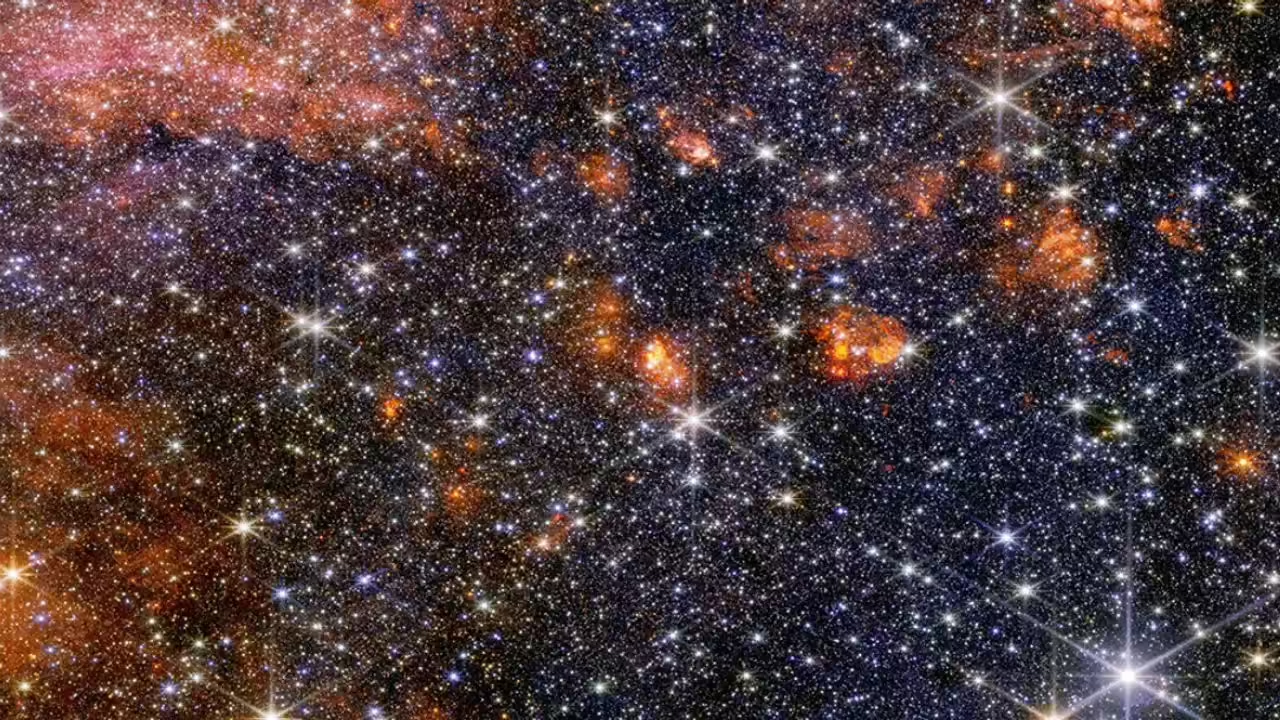
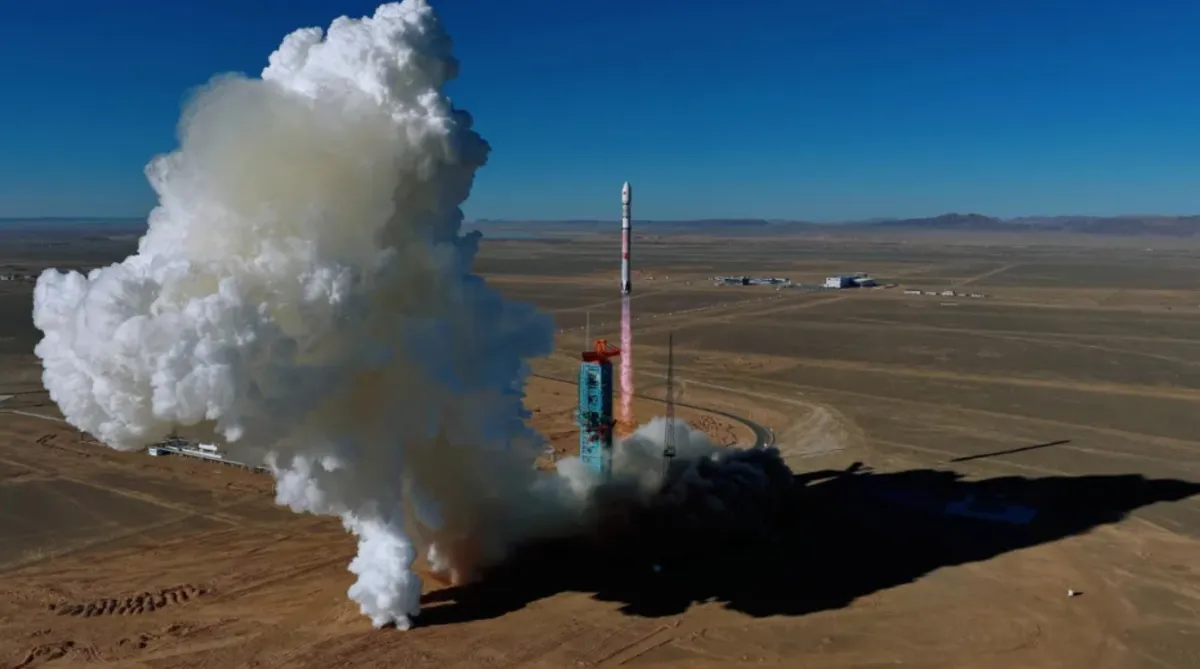
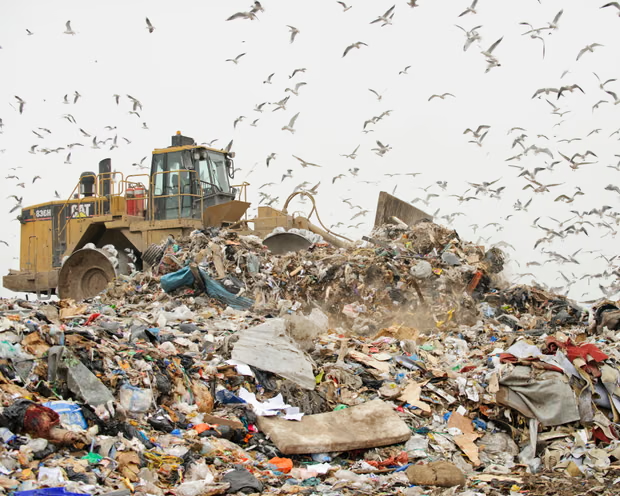


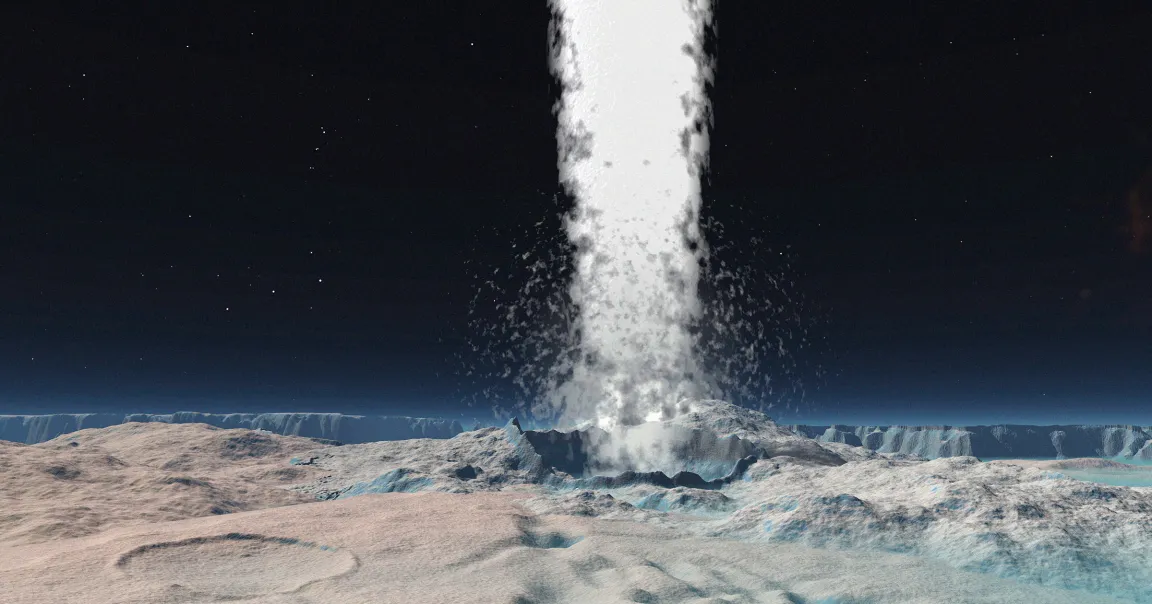
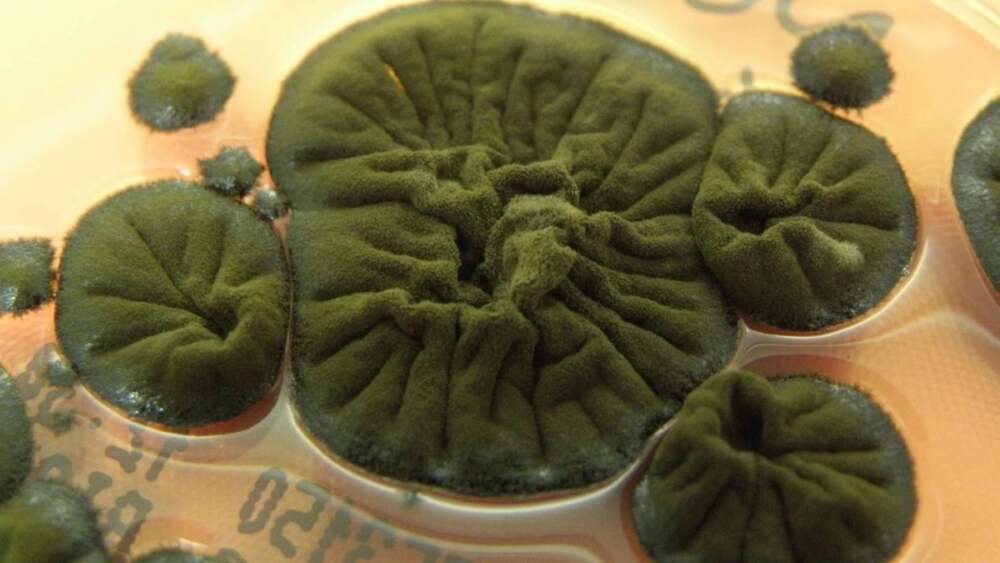
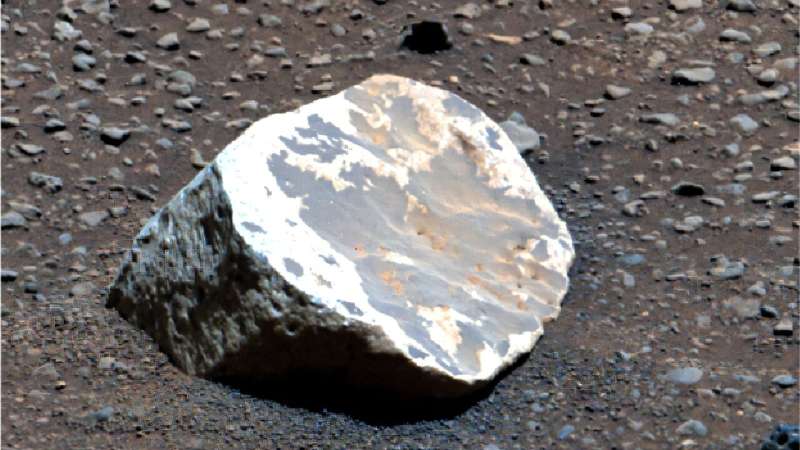
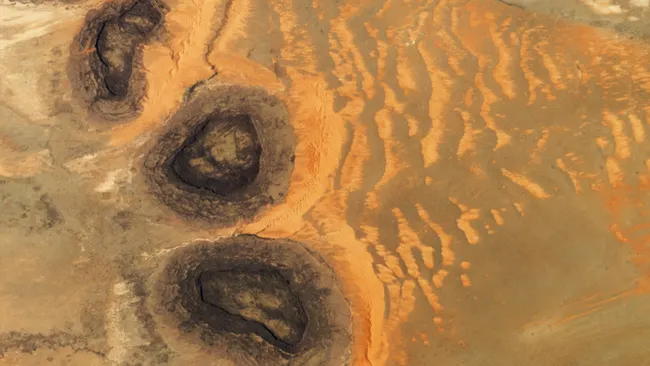
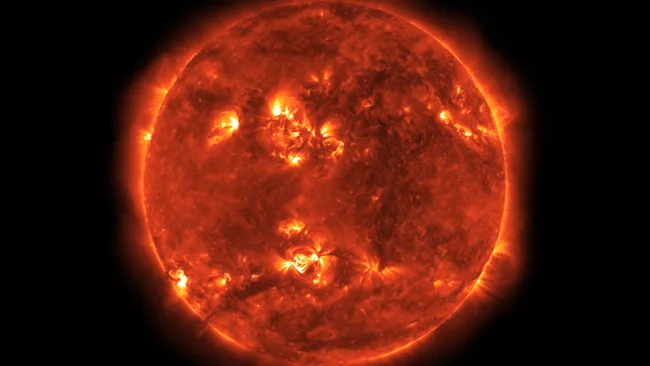
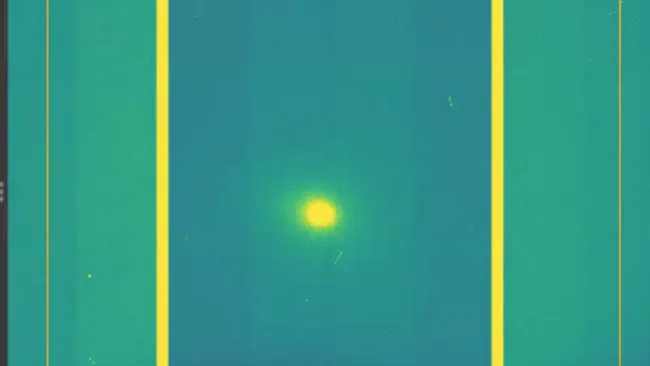




Leave a Reply